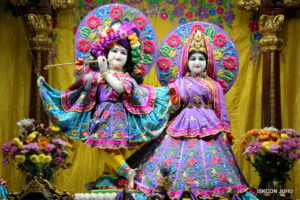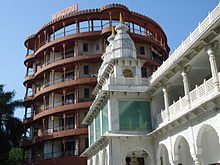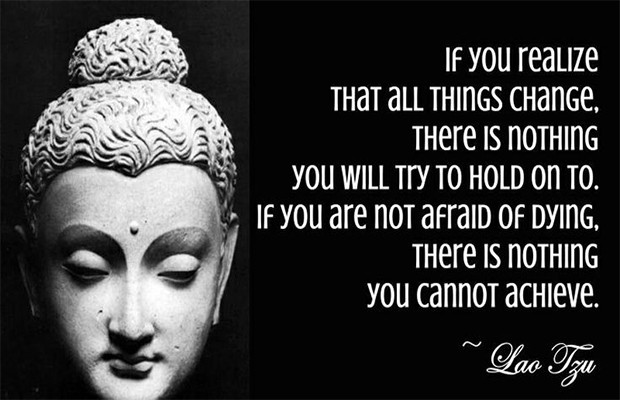
Receiving God’s blessings on the street.
Hare Krishna devotees have their day filled with bliss when they join the procession at the annual Chariot Festival (Ratha Yathra). The main purpose behind this initiative is to take the murts of three deities, Lord Jagannath, Baladev and Subadhra, to the devotees who are unable to visit the temple regularly. By the time this article is read by Nation readers, the chariot, carrying images of deities, would have been pulled along the streets of Colombo and made participants experience a spiritual bliss.
Days before the festival (Scheduled for October 15), the priest of Sri Sri Radha Krishna Temple in Kotahena, Maha Kartha Das, said in an interview with this scribe that events like this also help create awareness about Krishna Consciousness. “However, we are careful about the rate at which our religious movement grows. Spreading of a religion must be done in a careful and systematic manner. We don’t want religion to spread arbitrarily,” explained Kartha Das.
As in the past, temple authorities expect about 1000 devotees to return to the temple once the chariot completes its scheduled course in Colombo. The procession generally begins at the Sri Sri Radha Krishna Temple with devotees walking the streets singing songs in praise of the Lord. “When you hear the chanting you are cleansed within and obtain the Lord’s blessings,” said Kartha Das.
The chariot festival has a long history and is celebrated in over 100 cities around the world. This tradition of taking the chariot, along with statues of deities, on the streets originated in Puri, Odisha back in 1968. That was the time when the International Society for Krishna Consciousness (ISKCON) fast gained in popularity. The religious movement experienced a rapid growth globally, thanks to the presence and efforts of its founder A.C Bhaktivedanta Swami Prabhupada.
Kartha Das acknowledged that people are at present driven more towards material possessions, rather than spirituality. He said that those interested in Krishna Consciousness can follow a devotee, take part in rituals or listen to lectures on the Baghavad Gita. He added that spiritual progress can be slow, but what really matters is whether the effort put in by a practitioner is sincere.
This priest is making a sincere effort to complete a temple project (in Kotahena) he initiated many years ago. There is more work needed to complete the first phase of this project. “When the temple is complete, it will help build a larger congregation,” Kartha Das said.
He said that he wishes to conduct a course titled ‘Gita Life’ which will be aimed at catering to the spiritual needs of the busy people engaged in the corporate world. The six-day course makes it compulsory for participants to attend all sessions. The course will be conducted by Bhakti Vinoda Swami. Participants will be charged a course fee and given a copy of the Baghavad Gita free.
Events like the chariot festival help spread the message that seeking spirituality must be done under the guidance of an experienced devotee or an authorized guru. When the chariot passes on the streets, it gives that little mental nudge to the materialistic person that he is missing something in life. Sometimes that nudge sparks off a search for the truths in life.
The traditional chariot festival concludes at the temple. Here, devotees are served food (prasadam). There is something special in going this full round on the streets and winding up at the temple. If you are a serious devotee, it would feel ‘just like coming home’.
(Pics by Ravi Nagahawatte)
Source: https://goo.gl/mdUfu4

 By the TOVP team
By the TOVP team













 By Deena Bandhu Das
By Deena Bandhu Das








 By Madhava Smullen
By Madhava Smullen By Praghosa Das
By Praghosa Das